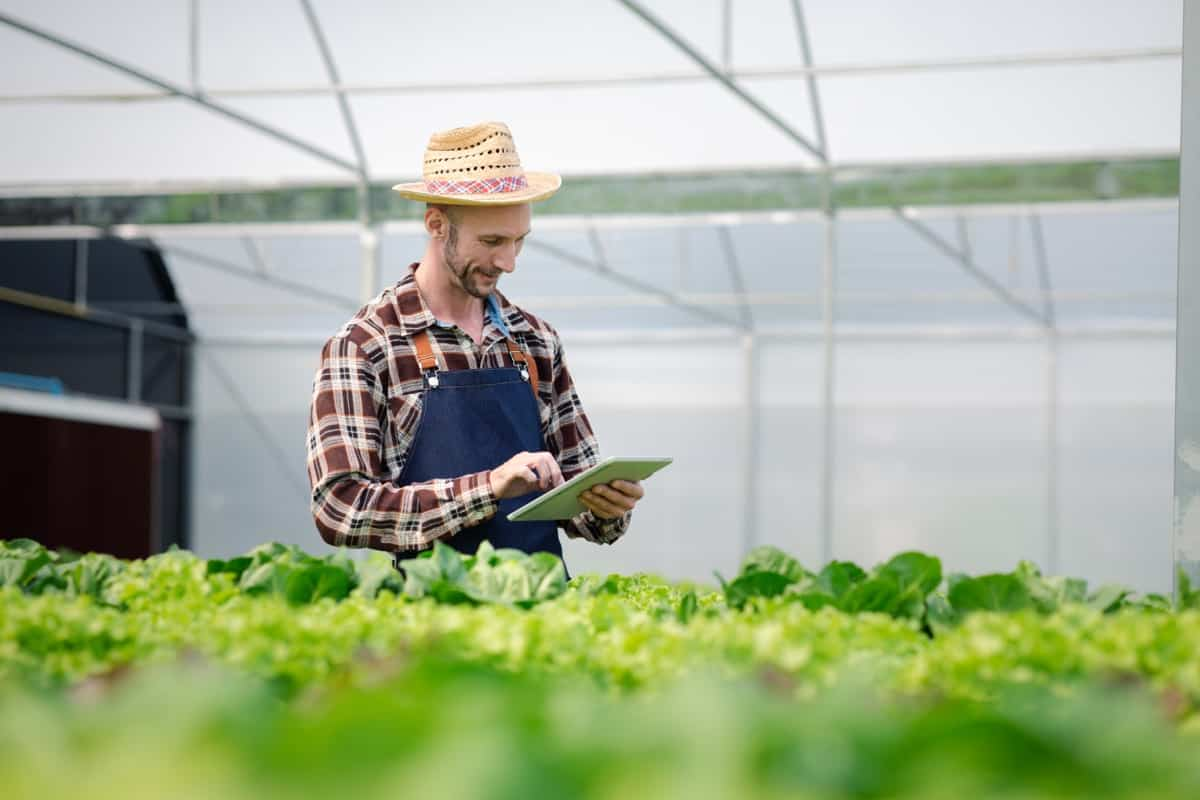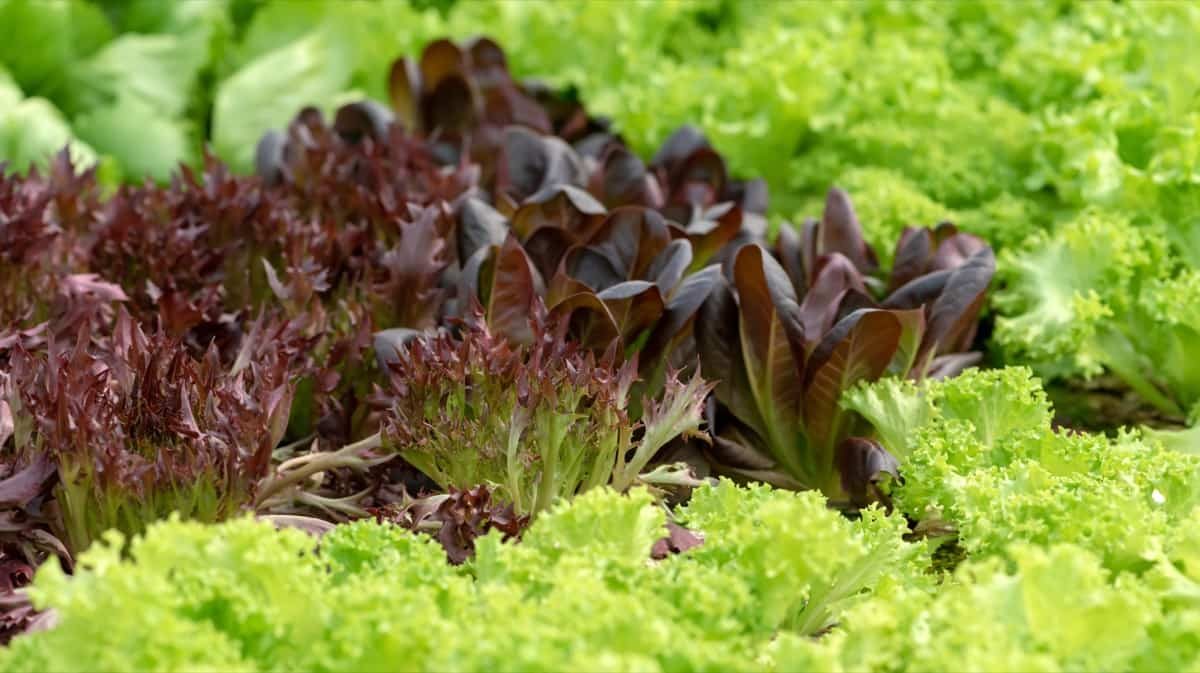Hydroponic gardeners of various skill levels can develop a wide range of plants with the help of the straightforward yet efficient Kratky method, eliminating the need for sophisticated equipment and constant supervision. A well-informed plan is necessary to maximize your yield and realize its full potential. In this extensive book, we will cover every facet of the Kratky method, from choosing the best plants to resolving typical problems, enabling you to succeed in your hydroponic undertakings.

What is the Kratky Method?
Dr. Bernard Kratky created the straightforward, passive hydroponic growing method known as the Kratky Method, which allows plants to be grown without electricity, pumps, or other machinery. This technique is based on a static or non-recovery hydroponic system, in which plants are suspended in a solution rich in nutrients, with part of their roots immersed in the solution and the rest exposed to air.
How to Improve Yield Using the Kratky Method
Selecting the Ideal Plants for Kratky
- Growth Rate: Opt for fast-growing plants that don’t demand excessive nutrients. While you can experiment with slower-growing or high-nutrient plants, expect longer growth cycles and potentially lower yields.
- Root Size: Choose plants with modest root systems since Kratky containers have limited space. Oversized roots may need help to grow adequately.
- Yield Potential: Prioritize plants known for high yield potential to maximize your harvest.
- Compatibility: Ensure the chosen plant varieties thrive in the same hydroponic environment.
- Crowding Tolerance: Given the proximity of plants in a Kratky system, select species that can adapt to close quarters. Ideal choices include lettuce, spinach, radishes, and various herbs.
- Disease Resistance: Consider plants resistant to common diseases and pests to minimize the risk of crop loss.
Important Things to Know Before Starting Your Kratky System
- Container Selection: Although the Kratky technique uses less water, you need to choose a deep container so your selected plants may thrive in it. Smaller pots are necessary for taller plants to provide their roots enough space to grow.
- Growing Medium: You can use various growing media, but try to pick lightweight ones that only hold on to a little moisture. Vermiculite, coco coir, and perlite are all great options. To guarantee adequate aeration, combine these materials with vermiculite or perlite.
- Water Quality: Use purified or distilled water to maintain the quality of the water. Plant growth may be impacted by minerals or other contaminants found in tap water.
- Nutrition Solution: Create a nutrient solution that is balanced and specific to the plants you have chosen. As different plants require different amounts of nutrients, it’s important to do your homework and make the necessary adjustments.
- pH Monitoring: Make sure your fertilizer solution’s pH is within the ideal range for the plants you’ve selected by routinely checking and adjusting it. For this task, pH meters and pH correction solutions are necessary.
- Temperature Control: Ensure your hydroponic system operates within a suitable temperature range. The optimal temperature range for most plants is 62°F to 72°F. Try utilizing coolers or heaters to get the right temperature.
- Lighting: To ensure steady and enough illumination, spend money on grow lights of the highest caliber. LED grow lights emit the perfect spectrum for plant growth and are energy-efficient.
- Pest Management: Use preventive techniques to keep diseases and pests at bay, like installing insect screens and routinely checking your plants for warning indications of trouble.
In case you missed it: How to Prune Pepper Plants: Best Time to Trim, Tools and Techniques to Cut Back for Maximum Yield

Troubleshooting Common Kratky Method Issues
- Problem: Tangled Roots
Troubleshoot: This issue can arise due to improper plant spacing or inadequate air circulation. Untangle the roots and provide more room for growth.
- Problem: Insufficient Light
Troubleshoot: Ensure your plants receive adequate light by adding more grow lights or positioning them closer to the light source.
- Problem: Nutrient Deficiency
Troubleshoot: Combat nutrient deficiencies by introducing a suitable solution to your system. Explore the benefits of organic hydroponic nutrients for Kratky setups for an eco-friendly approach.
Optimizing Your Kratky Container
Choosing Kratky containers’ proper depth and size is essential to effective hydroponic farming. To ensure enough root area, the container size should correspond to the plant’s mature size. Compact plants like lettuce and herbs, which usually grow to a height of 6 to 12 inches, do well in smaller, shallow pots.
Choose containers that are deeper, often 18 inches or more, for taller plants, such as peppers or tomatoes, so their roots can grow healthily. Take into account the plant’s root depth as well. Varieties with shallow roots can do well in containers with shallower roots, while those with deep roots require deeper reservoirs. In Kratky hydroponics, optimal container sizing and depth optimization encourage healthy development and maximum output.
Creating the Perfect Nutrient Solution for the Kratky Method
The ideal nutrient solution for the Kratky Method must be created to achieve good hydroponic growth. To begin, choose a premium hydroponic nutrition mix that is suitable for the plants you have in mind. As you mix the solution with water, ensure it is well-balanced with necessary macronutrients (potassium, phosphorus, and nitrogen) and micronutrients (iron, calcium, magnesium, etc.) according to the manufacturer’s instructions.
Using pH adjustment tools, keep the solution’s pH level between 5.5 and 6.5—the ideal range for your crops. Keep an eye on the solution’s electrical conductivity (EC) to ensure it corresponds with your plants’ growth phases. Adjust to ensure that plants receive adequate and consistent nourishment for good health.
Lighting Considerations for Kratky Hydroponics
- Light Spectrum: Select grow lights with a spectrum appropriate for plants’ needs. Full-spectrum LED lights are well-liked because of their effectiveness and capacity to replicate sunlight.
- Intensity: Make sure there is enough light by placing lights directly away from plants. Generally speaking, leafy greens need less light than fruiting plants.
- Light Duration: Keep regular light schedules; most plants require about 16 hours of light every day. One way to automate this is through timers.
- Light Distance: To avoid scorching or stretching, change the light’s height as the plants get bigger. As plants grow, keep the lights nearby for seedlings and raise them gradually.
- Light Quality: Regularly check and clean light fixtures to optimize light output and efficiency.
Temperature and Humidity Control for Optimal Growth in the Kratky method
To maximize plant growth and ensure higher yields while using the Kratky Method, it is important to maintain the proper temperature and humidity levels. The optimal temperature range for most plants is between 62°F and 72°F. This enhances the rate of metabolism and the assimilation of nutrients. Furthermore, it’s generally recommended to maintain humidity levels between 50% and 70%.
In case you missed it: Aquaponics Vs Hydroponics: Key Similarities, Differences, and Yield Potential

Sufficient humidity inhibits overtranspiration, preserving nutrients and water. To attain and sustain these controls, humidity controls, and heaters or coolers might be used. An ideal growth environment is produced by controlling humidity and temperature precisely. This improves plant health and results in higher harvests from your Kratky hydroponic system.
Conclusion
Kratky Method can greatly increase your crop yield. Providing a well-balanced nutrition solution, doing away with the need for complicated equipment, and using less water enable novice and seasoned farmers to produce healthy plants. Remember to select appropriate crops, keep nutrient levels in check, and carefully monitor the surrounding conditions to optimize your success.
- Feed Your Flock for Less: Top 10 Tips to Save on Chicken Feed
- Ultimate Guide to Ossabaw Island Hog: Breeding, Raising, Diet, and Care
- Hatching Answers: The Top 10 Reasons Your Chickens Aren’t Laying Eggs
- Eggs and Economics: Breaking Down the Cost of Raising Backyard Chickens
- Defend Your Greens: Proven Methods to Keep Iguanas Out of Your Garden
- Ultimate Guide to Cinnamon Queen Chicken: A Comprehensive Guide for Beginners
- Ultimate Guide to California Tan Chicken: Breeding, Raising, Diet, Egg-Production and Care
- Ultimate Guide to Marsh Daisy Chicken: Breeding, Raising, Diet, and Care
- 10 Types of Chicken Farming Businesses You Can Start for Profits